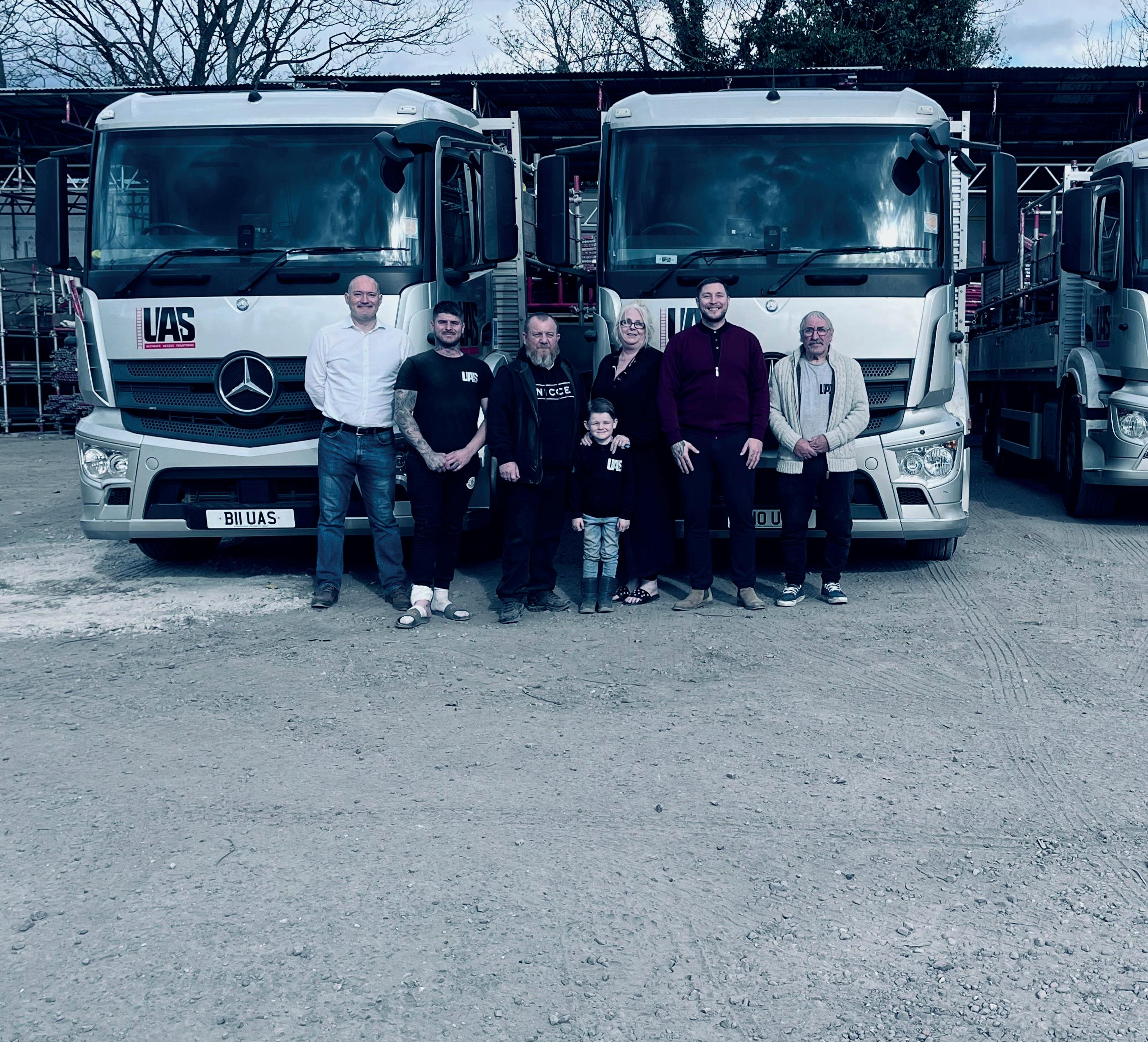
1 minute read
PERI UP Scaffolding?
from AccessPoint Issue 21
by AccessPoint





















Proponents of system scaffold have long banged on about the “hidden costs” associated with tube and fittings and the safety advantages of system scaffold, but these arguments were diluted by the ready supply of labour and a largely buoyant sector that removed the need for creative solutions.
However, as we (hopefully) emerge from the chaos created by the Covid-19 pandemic, the world has certainly changed and a couple of those changes should certainly alter the way we think about system scaffold.
Firstly, with the current skill shortages in the building sector hitting scaffold companies just as hard as everyone else – and with no end to the shortage in the foreseeable future - the arguments for the time and labour savings delivered by system scaffold have become even more persuasive.
Secondly, there has been a shift in the pattern of demand. The construction sector has recovered relatively quickly, but the forces that have driven that recovery have reshaped the type of projects that are being undertaken. Increased Government funding has driven growth in the education, health and civil engineering sectors, housebuilders have entered a race to complete mothballed sites and take advantage of the pent up demand, while the seismic change in shopping habits has meant that there is a need for new warehouse and logistics facilities while existing retail units are being repurposed.
System scaffold can deliver a 60% saving on labour costs
The vast majority of scaffold contractors have built their business on tube and fittings - both because the initial outlay is significantly less than with system scaffold and because it is the product that they are familiar with.
In truth, it means that many companies have never properly considered the full impact that legislation and Working at Height Regulations have had on labour costs.
The requirement for double handrails, the requirement to comply with SG4:15, manual handling regulations etc etc… the compliance requirements are seemingly endless and they have an insidious impact on the cost of even simple jobs: Bit by bit they increase man-hours and erode profitability.
Most scaffolding companies can live with the “mission creep” of increased costs. What they can’t handle is the skills shortage. The “easy solution” of recruiting more staff to respond to increased demand has been removed – a system scaffold solution that can reduce man-hours by up to 60% provides a very attractive alternative –especially if it can increase profitability, too.










